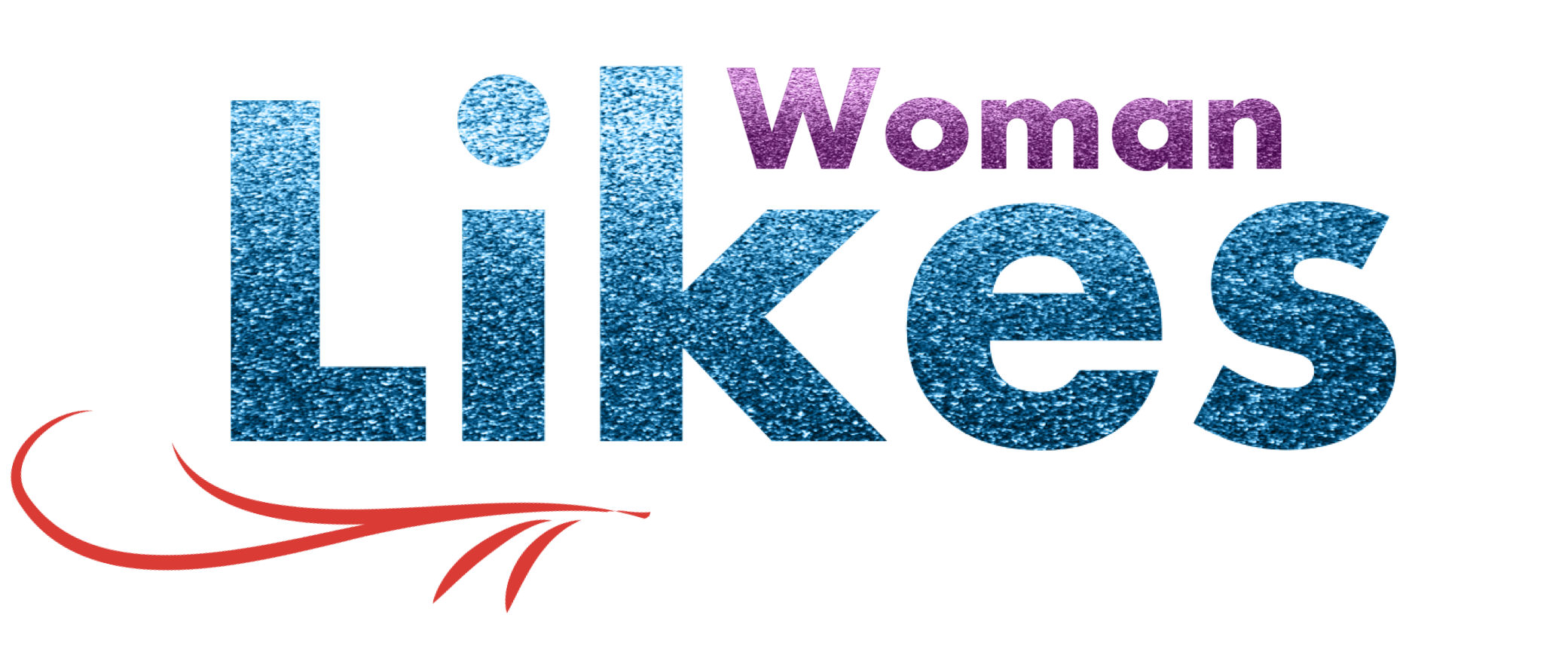
Despite the ethical problems associated with labeling others as opposites of one’s own, “woman” has continued to serve as a convenient shorthand for social status and femininity. The term “woman” does not identify the person using it; rather, it embodies a social community that honors and enacts females and transcends the limits of a sexist society. Here are three reasons why “woman” is a useful term to use in contemporary society.
Women’s stories
IWMF’s Reporting Grants for Women’s Stories support female journalists and their stories. The goal is to increase the visibility and influence of women in journalism, while supporting gender-balanced reporting. These grants help journalists to access under-reported stories and cover important topics for women worldwide. The last round of funding ended in 2018, so apply now! You may be surprised at the stories you’ll read! Here are just a few.
Clara Lemlich, a young Ukrainian immigrant, led the largest women’s labor strike in U.S. history. She didn’t have the opportunity to pursue her education in Ukraine, so she traded it for long hours of labor. She believed that women should be included in history, so she went to work. Lemlich’s example showed the power of a united front. Clara’s story is one of many that are not often told in history books.
If the “Great American Novel” is a male-dominated genre, the same holds true for women. Imagine having to describe 400 people under the lights, each of whom is attempting to reach for a foul ball. Surely, it is a much more difficult task. Women’s stories have their place, but they lack universality. It’s time to change that. So what is the best way to change the world?
Female anatomy
The female anatomy includes various structures that aid in reproduction. For example, the vagina is a tube connecting the vulva to the uterus, the urethra connects the bladder to the uterus, and the fallopian tubes join the ovaries with the uterus. The vulva is the opening through which female hormones are secreted. In addition to these structures, women have various reproductive organs, including the fallopian tubes.
Although there are similarities between male and female anatomy, there are also differences. Both sexes have similar digestive and circulatory systems, but the reproductive organs of a woman are quite different. The female reproductive system is essential to reproduction and has many different functions, including lactation and childbirth. The sex organs in a woman’s body are internal and external, and perform specific functions. Understanding female anatomy can help women become more comfortable with their bodies.
The vulva is the outermost part of the female reproductive system. It contains the mons pubis, which is the area where pubic hair grows. The vulva is the external female genitals, and consists of the labia majora and the labia minora. The labia majora and labia minora are the outer folds of skin that cover the opening of the vagina and urethra, which are used for sexual activity.
Female roles in society
While gender differences are common, there is some evidence that there are differences in male and female roles. In the past, men and women have been classified in different roles, based on their class status and race. However, the long nineteenth century saw a number of new ideas which challenged these traditional gender roles. Listed below are some of these ideas:
Gender roles are social constructs. Men and women tend to behave in different ways in their chosen occupations. For example, if a woman is accepted into a male occupation, she may be scrutinized by the men in that field. On the other hand, if a male enters a female occupation, he will be automatically accepted. This can lead to further job discrimination. While gender roles are often irrational and unwritten, they are often a reality of our society.
Today, women play many roles. In many cultures, women have become powerful and influential in their household and in the workplace. In some societies, women began ruining presidential campaigns. In other cultures, women began to voice their opinions and influence public life. Today, the modern world is full of powerful women in all aspects of their lives. While they have traditionally had fewer opportunities, they are now equal partners in society. And this is changing as our society continues to modernize.
Women’s roles as homemakers
While women are still the head of households, their roles as homemakers have changed dramatically. While many men leave the home to pursue their own careers, women are still expected to stay home and care for their children. This largely negative view of women’s roles is reinforced by society, which drives guilt through women who don’t fit into the stereotypical role. In contrast, men are generally exempt from this work-life balance guilt.
The changing nature of leisure and work have impacted how women spend their time. Increasingly, women have to multitask, finishing multiple tasks at once. Traditional gender roles in the home have been based on traditional values from the 1940s to the 1970s. Keeping a meticulous house or helping children with school projects can be as fulfilling as an impressive work presentation. While men and women both have their own preferences, women are more likely to work outside the home.
While women in the 19th century did work outside the home and left the farm, the role of homemaker was never really over. While the social and economic situation of most middle and upper class families was not as progressive, many working-class families expected women to work outside the home. Approximately a third to half of married women in England did work for outside pay. However, some historians believe that the census undercounts this number. Nevertheless, women were proud of their roles as homemakers, and pursuing nonfactory careers was often considered a sign of strength and success.
Women’s rights in the Democratic Party
Despite the large gender gap in the party, Democrats recognize that women are a vital coalition element. They’ve prioritized women’s issues in their platforms, while the GOP hasn’t. And women have historically voted more Democratic than their male counterparts. This could be a key reason why Democratic women have disproportionately won presidential elections in the last four decades. But how much has the Democratic Party really accomplished for women?
Women have made their presence felt in American politics since the suffragists argued that women could not achieve equality without the right to vote. The 19th Amendment, which gave women the right to vote, elevated women’s issues to lawmakers’ attention. Second-wave feminism and the New Deal followed. During this time, women of color were reliable Democratic voting blocs. Despite this, they aren’t the only ones who can influence elections.
Regardless of their political party, Democrats are more likely to believe that the United States needs to do more to promote gender equality. In a recent survey, Democratic women were more likely to say that the country has a long way to go in terms of gender equality. And they’re more likely to believe that women don’t have the same legal rights as men. Nonetheless, a majority of Republican women said that women are more likely to have family responsibilities than men.
Violence against women
Violence against women has numerous causes and consequences, including sexual assault, physical abuse, and discrimination. In addition to being an obvious violation of human rights, this type of violence is also extremely expensive for countries and victims. Some estimates suggest that violence against women costs a country 3.7% of its GDP, double the cost of education in many countries. Failure to address this issue now is potentially costly to future generations as children who witness or experience violence may grow up to become perpetrators themselves. Violence against women has no societal or economic boundaries, and affects women of all classes and socioeconomic status. It must therefore be addressed, and quickly, in developing countries.
The United Nations has taken action against violence against women since 1993. There are many different United Nations bodies that are charged with addressing this issue, including the General Assembly, the Security Council, the Economic and Social Council, and regional commissions. The Human Rights Council, for example, has a Special Rapporteur on Violence Against Women, who looks into the causes, effects, and solutions for this issue. Furthermore, human rights treaty bodies like the Economic and Social Council, Human Rights Council, and Women’s Commission on Human Rights address the problem regularly.
There are several types of violence against women, and some examples of such acts include physical violence, threats, and intimidation. Forced participation in sexual acts is also considered gender-based violence, in which a woman is deprived of her rights to contraception and protection against STDs. Violence against women occurs in many settings, including family relationships, dating partners, acquaintances, and strangers. In some cases, young girls are assaulted by strangers, and their perpetrators are rarely held accountable.







